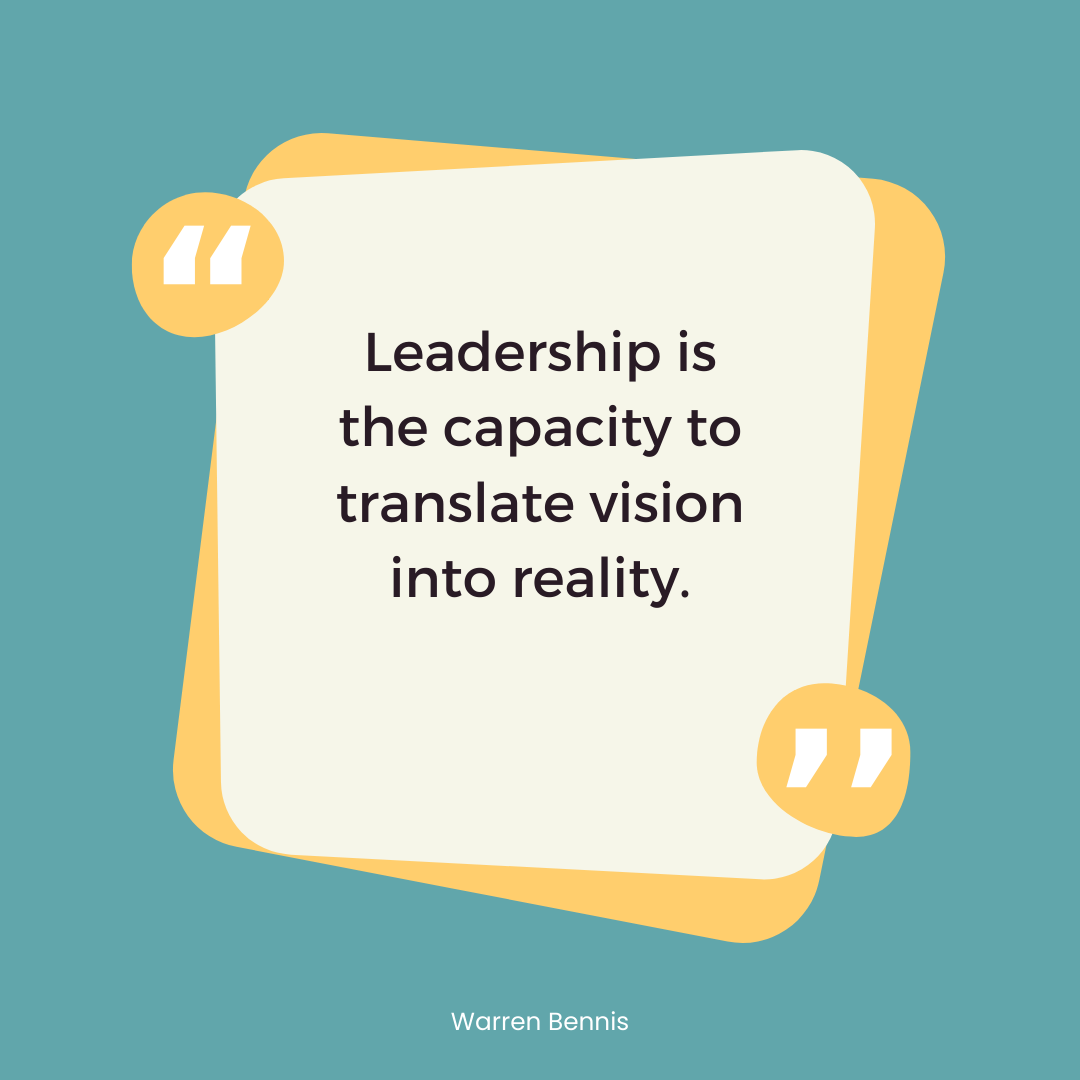Soft Skills in Leadership

Take a moment to think about the past leaders you've worked with. What were their traits and leadership styles? Would you describe them as excellent and inspirational, average, or bad leaders? What qualities or behaviours made them stand out to you?
Many of us can intuitively feel when a leader is effective or not. This means that we sense leaders who have confidence, passion, and charisma. As a result, people are naturally drawn to them and want to follow them. Good leaders give their teams a vision and direction. They inspire those around them to be and do better. They make difficult decisions and rally the right people and resources to produce results.

However, only few employees take the time to truly understand what leadership means or what defines a strong leader. In this article, you'll learn more about the critical functions of leaders and the difference between bad and great leaders.
This is the last article in the series of posts on developing soft skills.
Other articles bring tips on developing skills in:
In this article:
What Is Leadership?
Yukl (1) defines leadership as "the process of facilitating individual and collective efforts to understand and influence the people to realise what is to be done and how and to realise the shared objectives." Chemers (2) states that leadership is "the process of social influence that one can get the help and support of others to achieve a common objective."
To understand leadership a bit better, imagine this situation.
One Monday morning, I turned on my computer (home office) and found a message on Slack - our team leader attached an excel table with tasks and a note "these are your new monthly targets." The team realised the targets were impossible to reach, so we asked our leader for a meeting. We came prepared with suggestions and solutions. Unfortunately, the answer we got was, "I am tired of this team and your ideas and suggestions. These are the targets I got from the founders. Just do them and stop complaining."
Let's compare this example with keywords often used to define leadership: influencing, inspiring, company's interests and growth, direction, and vision.
Obviously, our leader focused on the company's growth. But, if we think of leadership in its simplest terms as influencing others to want to work towards a shared goal, we can see a huge mismatch.

What Does a Leader Actually Do?
There are many approaches to defining a leader's role. In this article, you'll learn how good leaders:
- inspire a shared vision
- make things happen
- engage and motivate others
Inspire a Shared Vision
The formula for inspiring a shared vision is pretty straightforward - if you want employees and co-workers who are involved and energised about their work, they must understand how their work fits into the bigger picture.
So, how can you, as a leader, communicate this vision? Instead of only giving your employees an excel table with monthly targets, answer questions such as:
- Where are we?
- Where are we going?
- How can we get there?
When you communicate this vision, get the team excited about it. Leaders provide a clear target to aim for, but they also listen to their team and co-workers and support them in achieving these goals.
Make Things Happen
Besides the WHAT needs to be done, leaders show HOW to transform this vision into reality. This means that leaders plan how the team will achieve the goal and manage changes or updates.
Sending an excel table with the note "these are your new targets" is one way to do it. And we did it. After working overtime, some crying, skipping coffee meetings, and feeling exhausted and worthless - we achieved our targets.
After that, we got a "well done for making things happen" from our team leader and the founders, and then we were all fired. But that's a topic for another post.

What I want to say is that there are many ways to make things happen - choose yours wisely. Be a leader, but first, be a human.
Engaging and Motivating Others
Leaders are not the sole heroes; they do not get things done alone. Instead, they get things done through others. And working with others means engaging skills such as collaboration, relationship-building, empathy, positivity, time management, and strategic thinking. Good leaders inspire excitement and share enthusiasm about getting things done. On the other hand, bad leaders inspire fear and depend on authority. A team leader's role is to strategically engage the skills, strengths, and expertise of the people on their teams, showing them how their work fits into the big picture. If they are aware of their contributions, people get more engaged and motivated.
The best leaders unlock the potential of others.
Key Takeaways
- Good leaders:
- give a team vision and direction
- inspire those around them to be and do better
- make difficult decisions and rally the right people and resources to produce results.
- Some of the functions good leaders carry out include:
- inspiring a shared vision
- making things happen
- engaging and motivating others.
Suggested reading on the topic
(1) Yukl G. (2013). Leadership in organisations (8th ed.). Pearson Education.
(2) Chemers M. M. (2000). Leadership research and theory: A functional integration. Group Dynamics: Theory, Research, and Practice, 4(1), 27–43.



